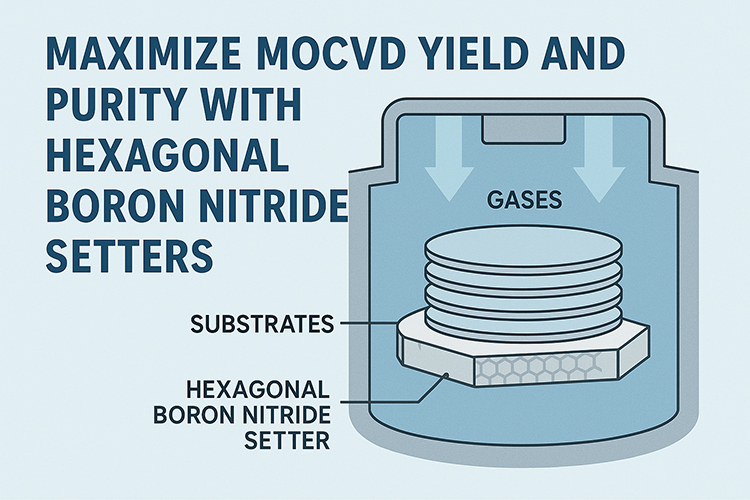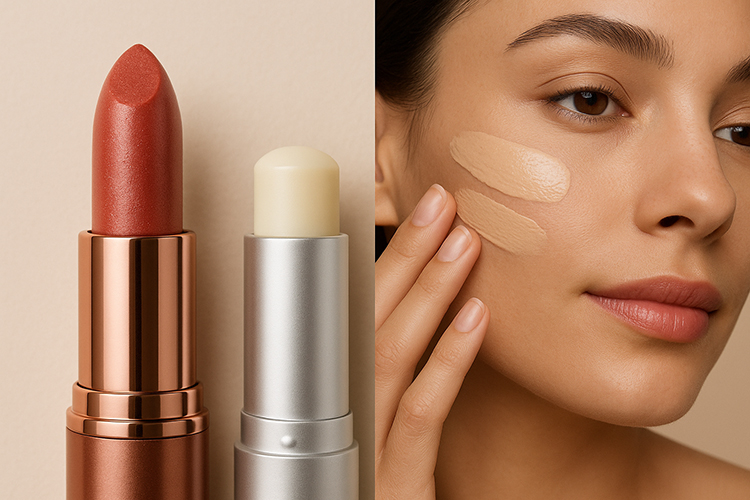How Can Graphite Crucible Be Used in Chemical Analysis?
Crucibles are used in various fields of science and industry, including chemistry, metallurgy, and materials science. They are essential for conducting high-temperature reactions, melting metals, and analyzing substances with high accuracy. Crucibles can withstand temperatures of up to 2000 °C and are made from materials that can withstand extreme heat and chemical reactions.
In addition to the materials mentioned earlier, crucibles can also be made from fused quartz, silicon carbide, and boron nitride. Fused quartz is an excellent choice for high-temperature applications and is resistant to thermal shock, making it ideal for melting metals. Silicon carbide is a durable material that can withstand high temperatures and is often used in the production of semiconductors. Boron nitride is an excellent thermal insulator and is often used in high-temperature vacuum furnaces.
Crucibles are available in a range of sizes and shapes, from small porcelain crucibles used for chemical analysis to large graphite crucibles used in foundries for melting metals. Crucibles come in different shapes, and the shape is selected based on the intended use. Some crucibles are low and wide, which makes them ideal for melting metals since the wide surface area allows for even heating and melting of the metal. Other crucibles are tall and narrow, which is preferable for containing substances during chemical reactions. This shape reduces the surface area of the material being heated, making it easier to control the reaction and minimize evaporation. Ultimately, the shape of the crucible is chosen based on the specific application and the requirements of the process being carried out.
Crucibles also come with corresponding lids, which are typically ill-fitting to allow gases to escape while heating a sample inside. Lids can be made from the same materials as the crucible or from other high-temperature resistant materials such as mica.
When using crucibles in chemical analysis, it is essential to ensure that they are clean and free from any contaminants that could affect the accuracy of the results. Before use, crucibles should be heated to a high temperature to burn off any impurities. It is also crucial to pre-weigh the crucible and its lid with high precision to obtain accurate results.
In summary, crucibles are essential laboratory tools used in various fields of science and industry. They are available in different materials, sizes, and shapes and are used for high-temperature reactions, melting metals, and analyzing substances with high accuracy. Proper cleaning and precise weighing are critical when using crucibles in chemical analysis to ensure accurate results.
For more information, please visit our homepage.
{{item.content}}
LEVE A REPLY
{{item.children[0].content}}
{{item.content}}
LEAVE A REPLY
SUBSCRIBE OUR NEWSLETTER
- Boron Nitride in Cosmetics: Enhancing Performance and Sensory Appeal
- Maximize MOCVD Yield and Purity with Hexagonal Boron Nitride Setters
- What Are the Advantages and Uses of Boron Nitride Ceramic Sheet?
- The Compression Annealing Advantage for Pyrolytic Boron Nitride
- Beyond Insulation: The Surprising Spectrum of Ceramic Thermal Conductivity











